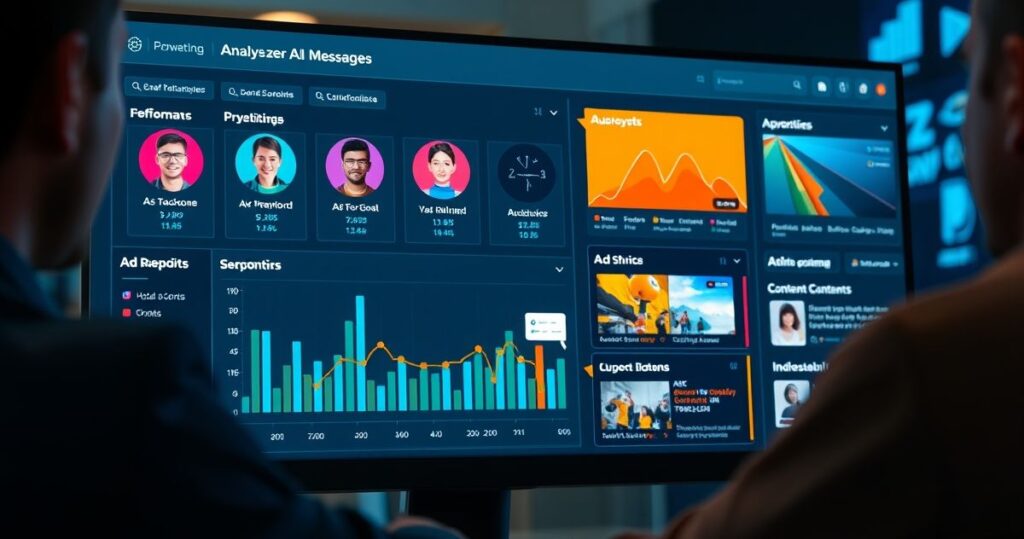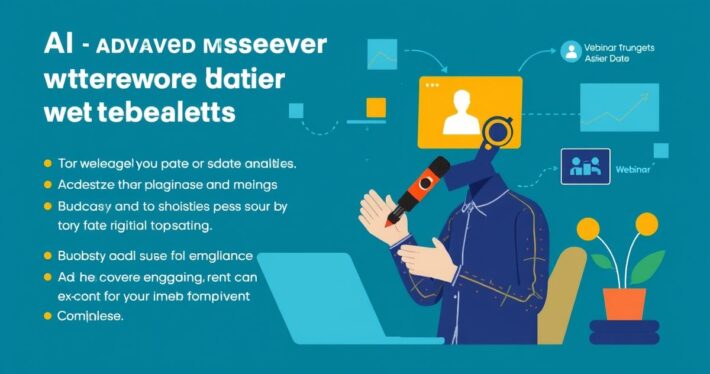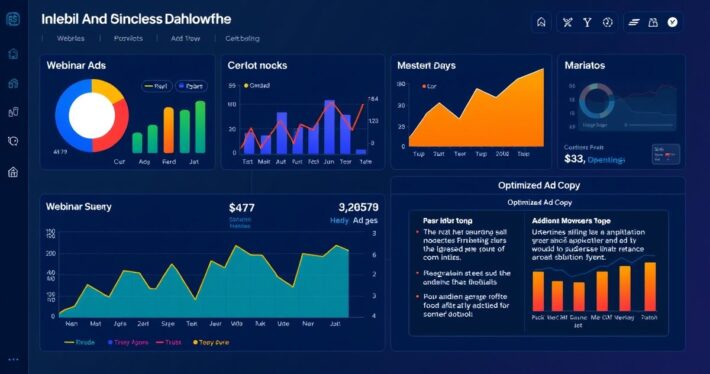Crafting a unique ad message with AI for different audience personas.

Creating an ad message that resonates with your audience can feel like trying to hit a moving target. With diverse audience personas, each with unique needs, preferences, and pain points, crafting a single message that speaks to everyone is nearly impossible. That’s where AI comes in. By leveraging AI-powered tools, you can create personalized, high-converting ad messages tailored to each persona. Let’s dive into how this works and why it’s a game-changer for your marketing strategy.
Understanding Audience Personas: The Foundation of Effective Advertising
Before you can craft unique ad messages, you need to understand your audience personas. Think of personas as detailed profiles that represent different segments of your audience. These profiles include demographic information, buying behaviors, pain points, and motivations.
For example, imagine you’re marketing a fitness app. One persona might be “Busy Brenda,” a working mom who values quick, effective workouts. Another could be “Fitness Fanatic Frank,” who thrives on detailed performance tracking and advanced workouts. The messages that resonate with Brenda will likely fall flat with Frank, and vice versa.
Question to ponder: How well do you know your audience personas? If you’re still relying on generic messages, you’re likely leaving money on the table.
The Role of AI in Crafting Personalized Ad Messages
AI tools can analyze vast amounts of data to identify patterns and insights about your audience. This allows you to craft messages that are not only personalized but also highly relevant. Here’s how AI can help:
- Data Analysis: AI sifts through social media interactions, purchase history, and other data points to understand what drives each persona.
- Content Generation: Tools like GPT-based platforms can generate ad copy tailored to each persona’s preferences and pain points.
- A/B Testing: AI can run multiple ad variations simultaneously to determine which messages perform best for each segment.
- Dynamic Personalization: AI can dynamically change ad content based on real-time data, ensuring that your message is always relevant.
Real-world example: A subscription box service used AI to analyze customer data and discovered that “Eco-Conscious Emma” responded best to messages highlighting sustainability. Tailored ads for Emma saw a 20% increase in engagement compared to generic ads.
Step-by-Step Guide to Crafting AI-Powered Ad Messages
-
Identify Your Core Personas: Start by defining your key audience segments. Use existing customer data and market research to build detailed profiles.
-
Analyze Persona-specific Data: Feed this data into AI tools to gain insights into each persona’s preferences, behaviors, and pain points.
-
Generate Tailored Messages: Use AI content generators to create ad copy that speaks directly to each persona. Focus on addressing their unique needs and desires.
-
Test and Optimize: Run A/B tests with different message variations. Use AI to analyze performance and refine your messages for maximum impact.
-
Monitor and Adapt: Continuously monitor ad performance and adjust your messages based on real-time data and changing persona behaviors.
Tools and Platforms to Get Started
Several AI-powered tools can streamline the process of crafting unique ad messages:
- HubSpot’s Content Strategy Tool: Analyzes your audience data to suggest personalized content ideas.
- Persado: Uses AI to generate emotionally resonant ad copy tailored to specific audiences.
- Phrasee: Specializes in AI-driven email and ad copy that boosts engagement and conversions.
- Google Ads Smart Campaigns: Leverages AI to optimize your ad performance based on audience behavior.
Pro tip: Don’t rely on AI alone. Combine its insights with your creativity and industry expertise to craft messages that are both data-driven and human-centric.
Potential Challenges and How to Overcome Them
While AI offers incredible advantages, it’s not without challenges. One common issue is the potential for messages to feel impersonal or robotic. To counter this, ensure your ad copy retains a human touch. Use AI-generated insights as a foundation, but add your brand’s unique voice and personality.
Another challenge is data privacy. Ensure you’re using AI tools that comply with data protection regulations like GDPR and CCPA. Transparently communicate how you’re using customer data to maintain trust.
Thought-provoking question: How can you balance the efficiency of AI with the authenticity that resonates with your audience?
Case Study: Personalized Ad Campaign Success
Let’s look at a real-world example. An e-commerce brand specializing in pet products used AI to create personalized ads for two key personas: “New Pet Parent Nora” and “Experienced Pet Owner Ethan.”
- For Nora, the AI crafted messages focusing on essential starter kits and educational content about pet care.
- For Ethan, the messages highlighted premium products and advanced care solutions.
The result? A 30% increase in click-through rates and a 15% boost in sales for both personas. This success demonstrates the power of AI-driven personalization in advertising.
Future Trends: What’s Next for AI in Advertising?
As AI technology evolves, we can expect even more sophisticated tools for crafting personalized ad messages. Emerging trends include:
- Predictive Analytics: AI will predict future customer behaviors, allowing for preemptive message crafting.
- Voice and Visual AI: Beyond text, AI will generate personalized voice and visual content for ads.
- Hyper-Personalization: AI will create ads tailored to individual users, not just broader personas.
Final thought: The future of advertising lies in personalization, and AI is the key to unlocking it. By embracing these tools now, you’ll stay ahead of the curve and ensure your messages always hit the mark.



